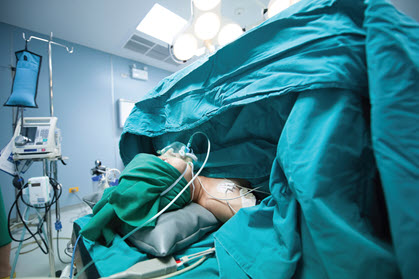Ob-Gyn Coding Alert
Gynecology:
2 Tips Clarify How to Code Ovarian Cysts
Published on Tue Jan 16, 2024

You’ve reached your limit of free articles. Already a subscriber? Log in.
Not a subscriber? Subscribe today to continue reading this article. Plus, you’ll get:
- Simple explanations of current healthcare regulations and payer programs
- Real-world reporting scenarios solved by our expert coders
- Industry news, such as MAC and RAC activities, the OIG Work Plan, and CERT reports
- Instant access to every article ever published in Revenue Cycle Insider
- 6 annual AAPC-approved CEUs
- The latest updates for CPT®, ICD-10-CM, HCPCS Level II, NCCI edits, modifiers, compliance, technology, practice management, and more
Related Articles
Other Articles in this issue of
Ob-Gyn Coding Alert
- Gynecology:
2 Tips Clarify How to Code Ovarian Cysts
Bonus: Here’s the documentation you need for cyst removals. Are you scratching your head when [...] - Obstetrics:
Why You Need to Look For “Polyhydramnios” In Your Amnio Claim
Find out if you can report the ultrasound guidance separately. Do you know what to [...] - E/M Coding:
Follow 5 Tips to Solidify Your Inpatient Care Coding
Stay on top of the hospital E/M revisions. For the last year, you have been [...] - You Be the Coder:
Control of Bleeding Case
Question: Could you help me code this control of bleeding case? Doctor states: “33 weeks and [...] - Reader Questions:
Clarify HIPAA Terminology
Question: What is the difference between “consent” and “authorization” in the context of the HIPAA Privacy [...] - Reader Questions:
Ask if This Procedure Was for a Bartholin’s Cyst
Question: My ob-gyn listed the procedure as perirectal cystectomy and pre-op diagnosis as Bartholin gland cyst, [...] - Reader Questions:
You Need More Documentation for Mastitis
Question: My ob-gyn documented “left mastitis,” and someone told me that this isn’t enough documentation. Why [...] - Reader Questions:
Are Inductions Part of Global to Deliveries? Find Out
Question: If a patient is in the hospital for several days being induced for a delivery, [...]
View All




